Goodbye for Now, Chevy Camaro
Camaro historian and expert David Newhardt reminisces about the heritage of this now-discontinued icon.
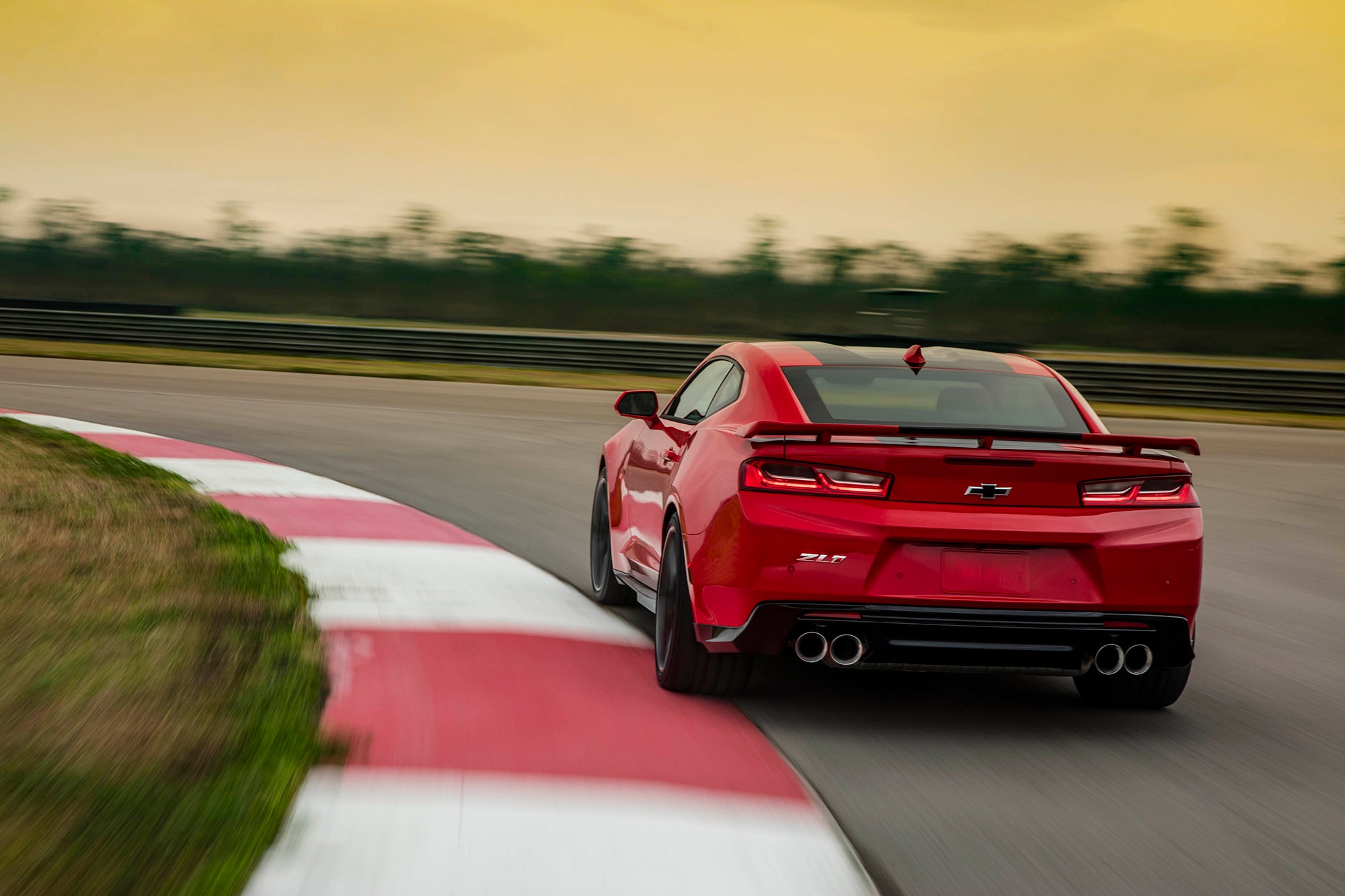 Chevrolet
Chevrolet
The Chevrolet Camaro ceased production in December 2023, but this isn't the first time Chevy has killed its pony car. General Motors (GM), Chevrolet's parent company, axed the sports car in 2002, about three decades after the first Camaro coupes rolled off the assembly line. But GM revived the Camaro nameplate again in 2010 as a retro model styled after the first-generation car.
David Newhardt — veteran automotive journalist, historian, and author of "The Complete Book of Chevrolet Camaro" — sat down to talk about what made the Camaro special, why we're saying goodbye again, and what the future may hold for GM and its iconic pony car.
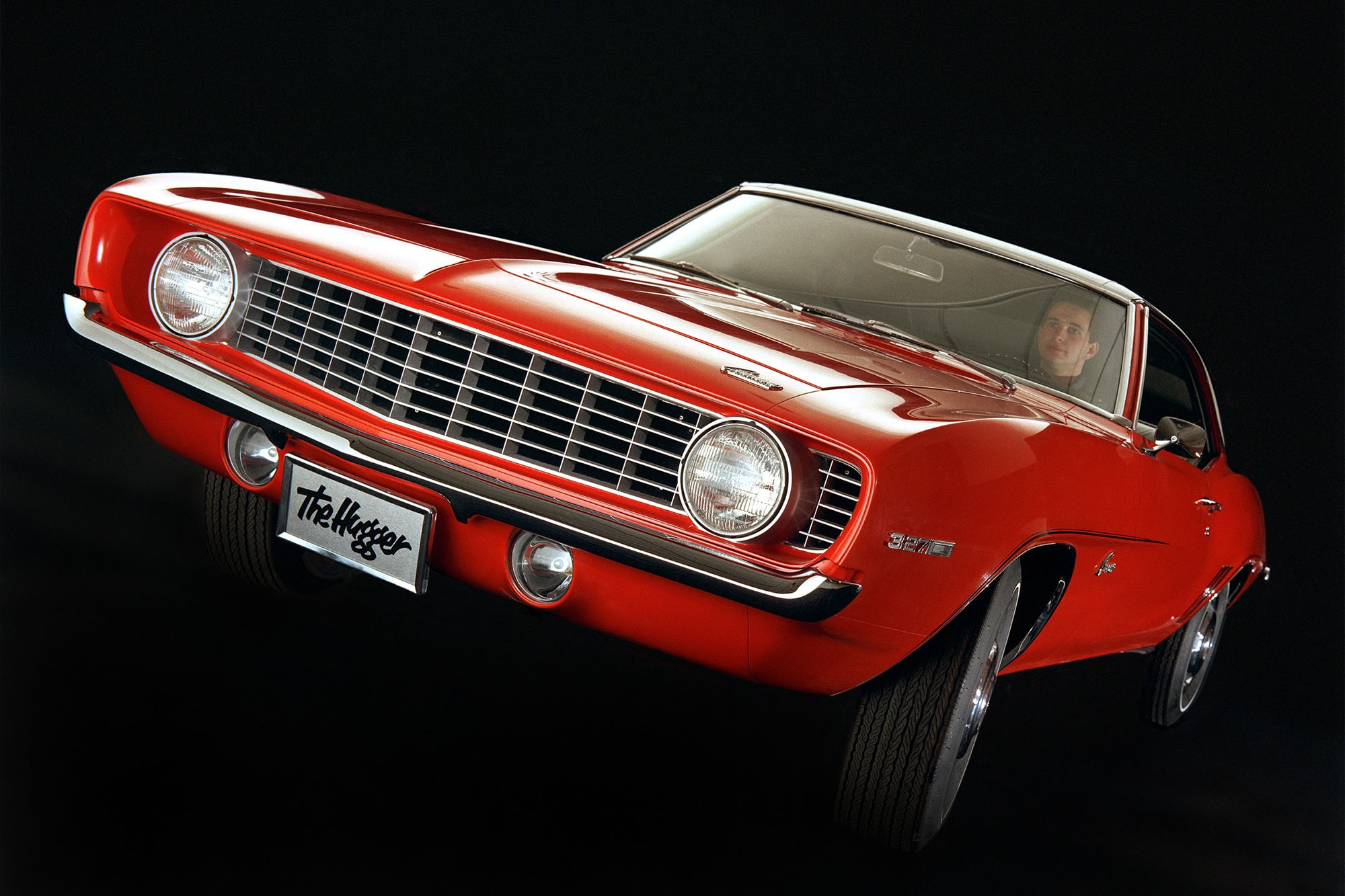 Chevrolet
Chevrolet
Newhardt speculated that GM discontinued the Camaro again due to slow sales. But he partially lays the blame for this at the feet of GM advertising executives.
"I personally feel that Chevrolet really let down the Camaro in a marketing sense," he said. "And, unfortunately, when a vehicle is not in the public's eye, it's usually not in the public's garage."
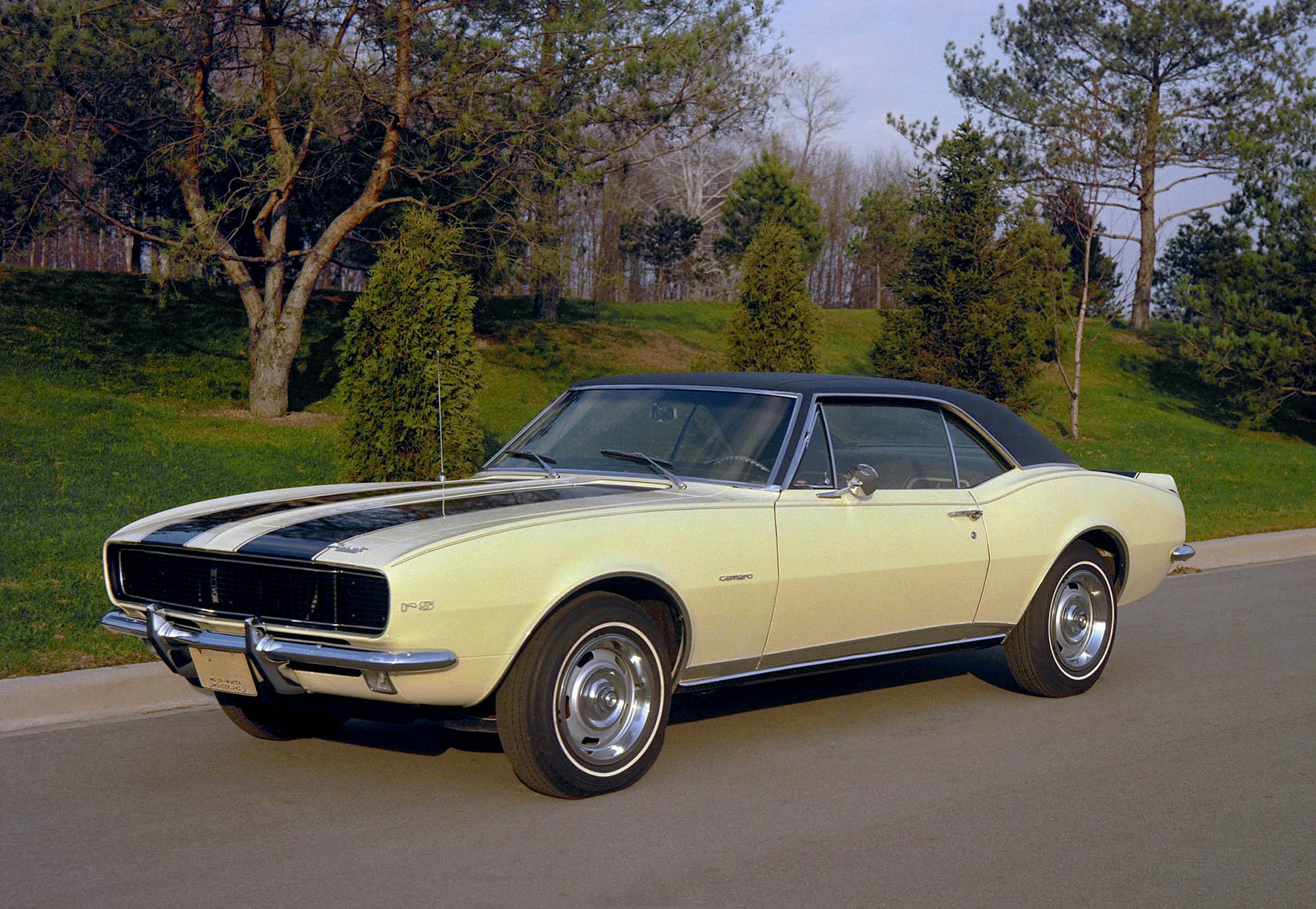 Chevrolet
Chevrolet
Origins of an Icon
According to Newhardt, marketing brought the Camaro into existence: marketing of its progenitor and most direct competitor, the Ford Mustang. When Ford executive Lee Iacocca planned the release of the original Mustang in the mid-1960s, he turned to television and mainstream magazines for marketing.
The car appeared in simultaneous ads on the major broadcast television networks and on the covers of Newsweek and Time, two of the era's most prominent magazines. This would prove to be a successful sales strategy.
Chevrolet at first dismissed the Mustang, Newhardt said, because the vehicle was based on the workaday Ford Falcon.
"They said it was just a warmed-over economy car, which it was," Newhardt said. "But it was a stylish warmed-over economy car."
The Mustang's sales figures, however, were indisputable. Ford moved more than 400,000 Mustang models in the first year. Chevrolet, Newhardt said, needed a competitor.
An innovation-focused program was fast-tracked to create a pony car for Chevrolet.
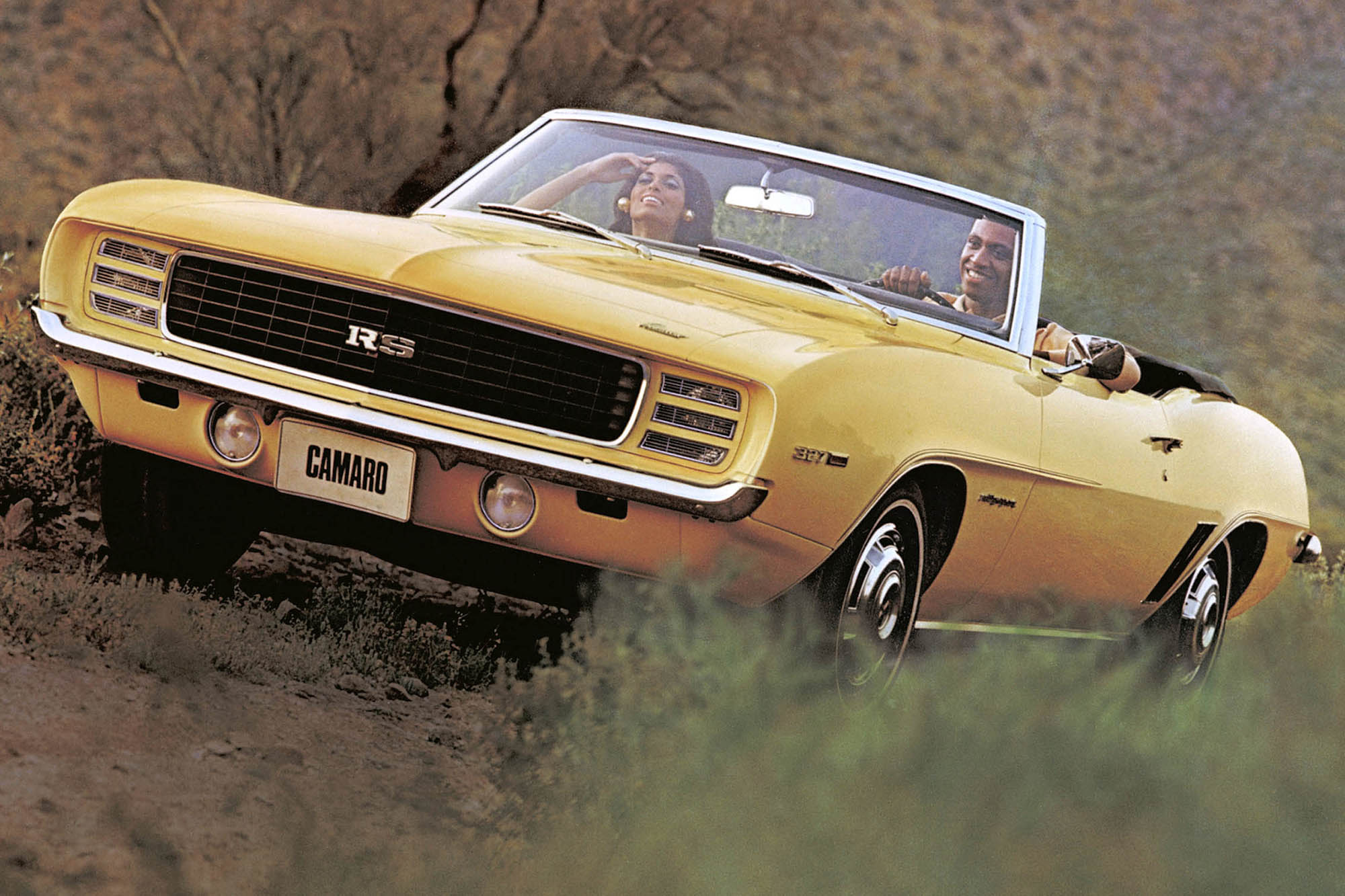 Chevrolet
Chevrolet
"It was all hands on deck for GM to get a viable competitor to the Mustang out as soon as possible," Newhardt said. The Camaro appeared in 1966 as a 1967 model. The model name, per Newardt, was a word invented to align with Chevy's nomenclatural convention.
"Back in the '60s, virtually all of the Chevrolet products started with a C: Corvette, Chevelle, Corvair," he said. But when pressed on the term's etymology, Chevy spokespeople claimed, "It's an aggressive carnivore that eats Mustangs," according to Newhardt.
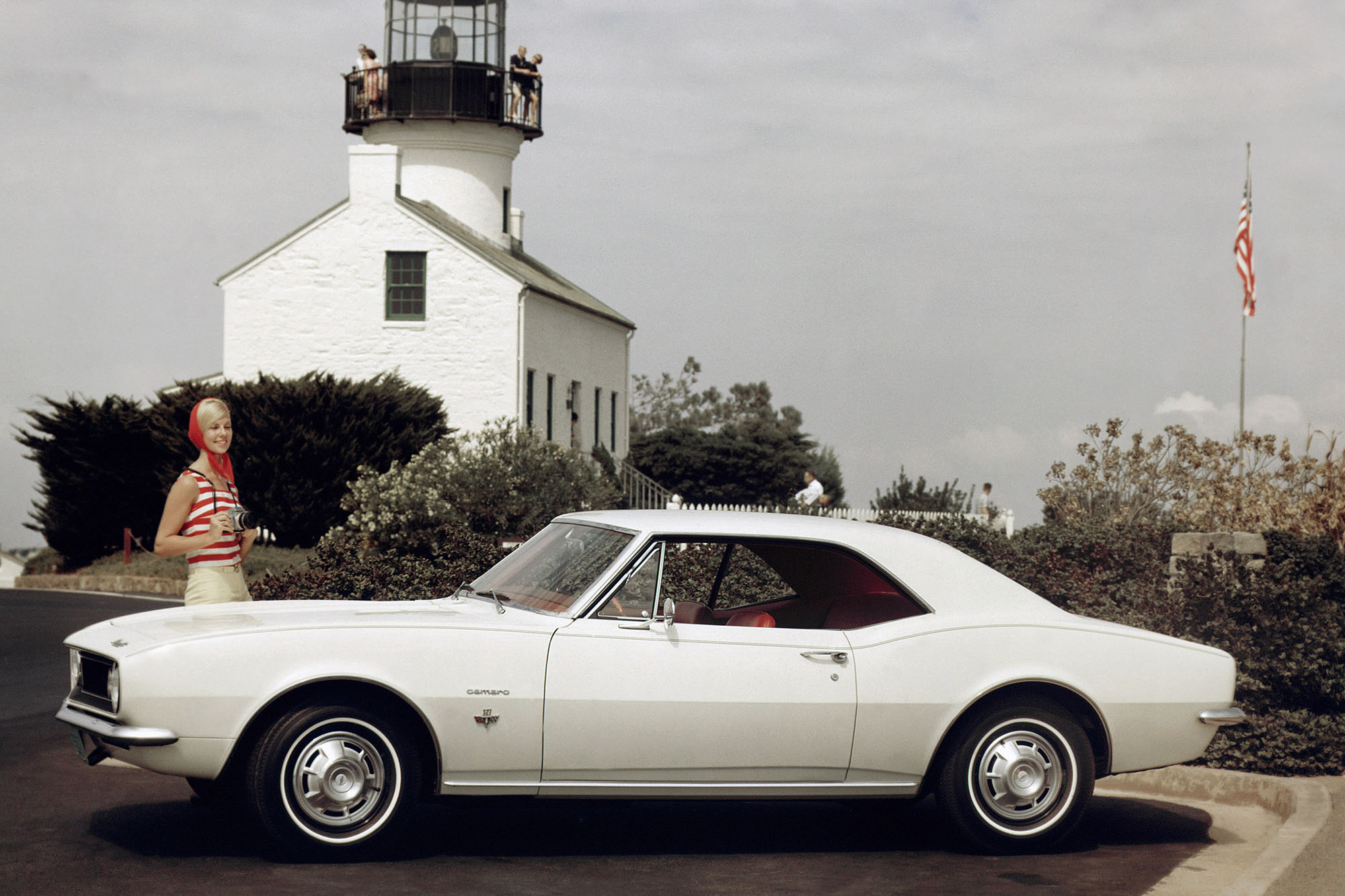 Chevrolet
Chevrolet
The Mustang vs. Camaro Rivalry Inspired Greatness
Chevrolet had lost a few years of sales to Ford in the pony car vehicle segment but had the advantage of learning from Ford's mistakes. The first was regarding engine displacement and output.
The Mustang wasn't originally conceived as an actual performance vehicle, though it developed into one. Chevy prioritized performance from the start.
"Chevrolet didn't waste any time, even in its inaugural year, getting some real horsepower under the hood of the Camaros," Newhardt said. "From Day One, the Camaro had always been offered with a big block," which was among the largest and most potent V8 engines GM produced.
Buyers took sides in the so-called pony car wars, according to Newhardt.
"There was a Ford camp, and there was a Chevrolet camp," he said. "And you couldn't catch anybody in the Camaro camp, you couldn't catch them dead in a Mustang."
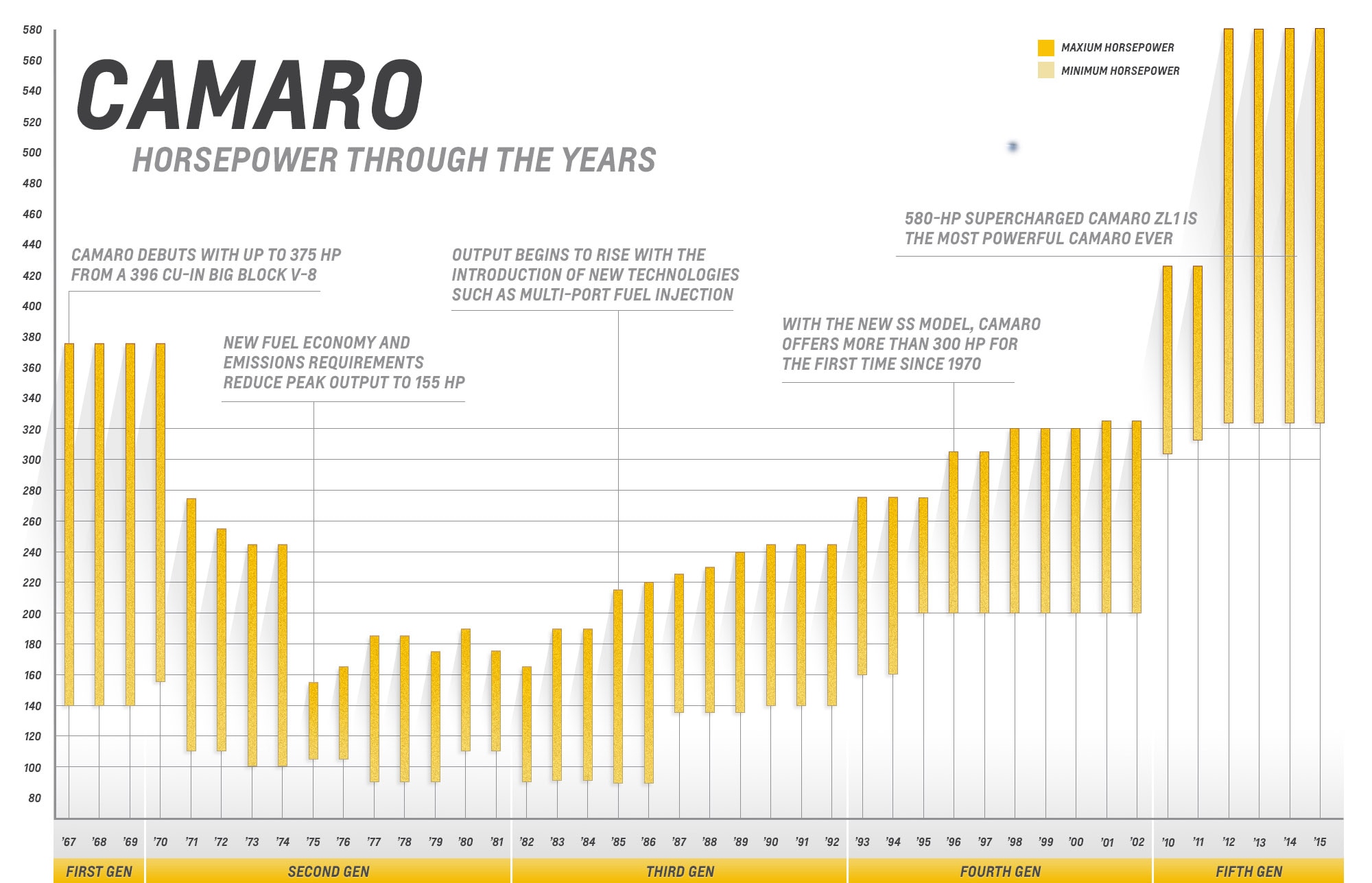 Chevrolet
Chevrolet
The models spurred spirited competition between the brands for decades to the benefit of consumers.
"The Mustang would not have been as good downstream as the years went by, all the way right up to the current day, without the Camaro," Newhardt said. "And vice versa. If Chevrolet had not had such an aggressive competitor from Dearborn [Ford's home in Michigan], what we saw in the Camaro, some of those options might have been delayed if they even showed up at all."
Still, Mustang was the sales champion for most of the models' existence, with a few exceptions, typically when it offered more performance or style than its rival or when there was a new Camaro model.
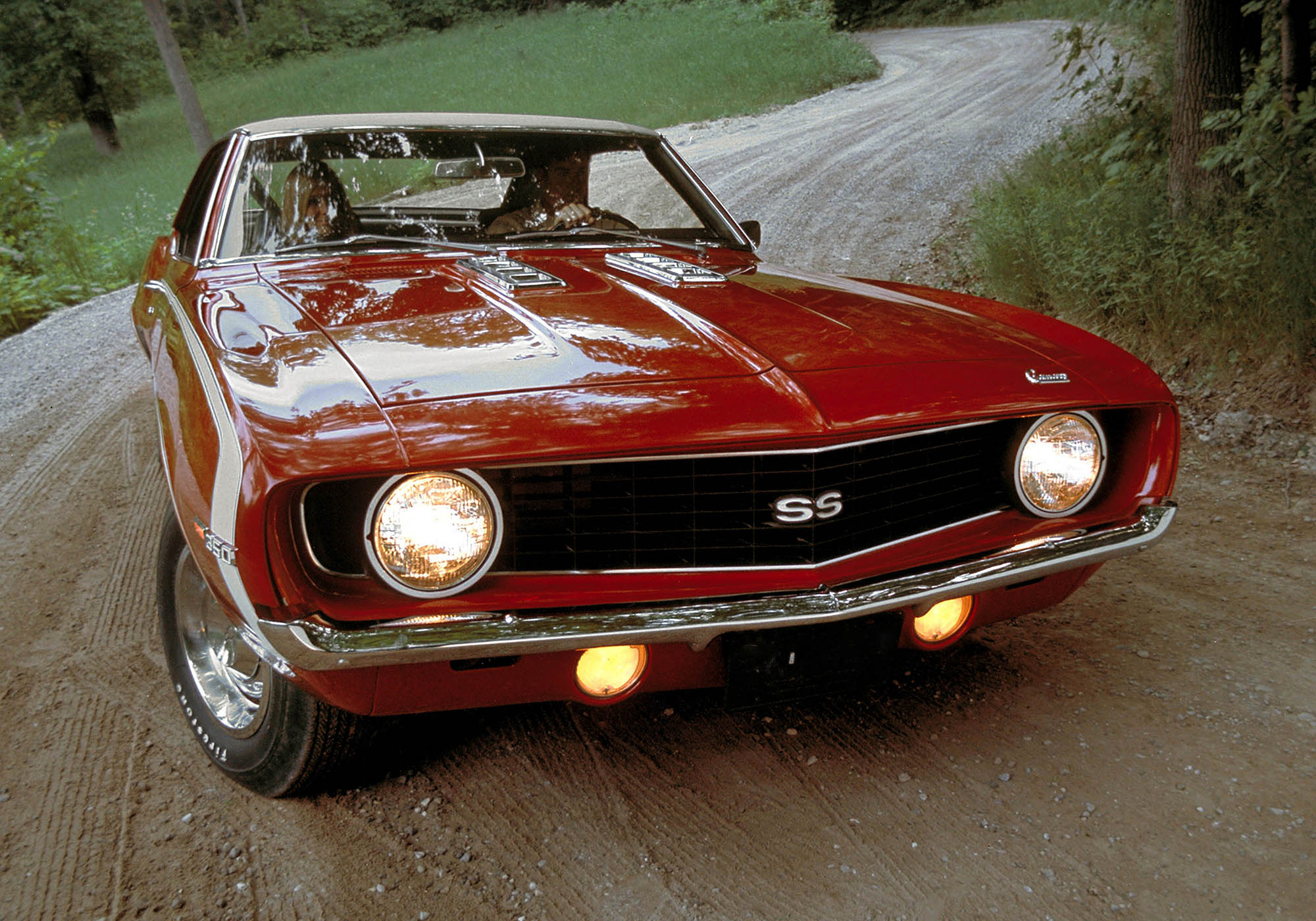 Chevrolet
Chevrolet
Standout Camaro Models
Standout Camaro models came and went throughout the nameplate's history, according to Newhardt. He is personally fond of the Z28 and ZL1 high-performance variants from the first generation of cars.
"The Z28, that was an RPO, a regular production option, code Z28, that came out starting right in '67 from day one. And that was the Camaro's version of a road-race car," he said. "When the Camaro ZL1 debuted, it was a coup of the whole COPO [Central Office Production Order] program, which was a wonderful way to get race products from the factory under the table, essentially from a dealer. But you had to know the program existed."
From the second generation of Camaros, Newhardt is a fan of the general design of the early cars.
"Bill Mitchell was responsible for the overall design," he said, "and that vehicle had a strong European styling flavor because Bill was a big fan of the Italian exotics such as Maserati and Ferrari."
 Chevrolet
Chevrolet
In the third generation, Newhardt favors performance variants named for a famed racing series.
"You can't forget the International Race of Champions, the IROC Camaros," he said. "In the late '70s, early '80s, when that race series started, they were using Porsche 911s for the first year. But at the end of that year, they realized maintaining these Porsche race cars wasn't cheap. So it ended up through negotiations, and Chevrolet got the nod, and they got Camaros to use, with the caveat that they could use the IROC name for marketing a street version. Everybody won on that."
From the final generation, he is partial to the ultimate collector's edition, which Chevrolet calls the Panther in a nod to the original project code that led to the Camaro's development.
 Chevrolet
Chevrolet
Camaro's End or a New Beginning
Following the announcement of the most recent Camaro's end, there was a sales bump, with about 25% more Camaros rumbling off dealer's lots in 2023 compared with 2022. The biggest jump appeared in the year's second quarter, soon after GM announced the end of production.
GM has suggested, however, that the Camaro nameplate is not dead for good.
"While we are not announcing an immediate successor today, rest assured, this is not the end of Camaro's story," Scott Bell, vice president of global Chevrolet, said in a press release at the time.
Newhardt agreed.
"I've heard rumblings that it could be an electric vehicle. It could be a four-door," he said.
Competitors such as Ford and Dodge have revived old pony car nameplates for the electric era, and Newhardt said that Chevrolet has likely taken notice.
Written by humans.
Edited by humans.
 Brett Berk
Brett BerkBrett Berk is a New York City-based writer who covers the intersection of cars and culture: art, architecture, books, fashion, film, politics, television. His writing appears regularly in top-tier automotive and lifestyle publications.
Related articles
View more related articles